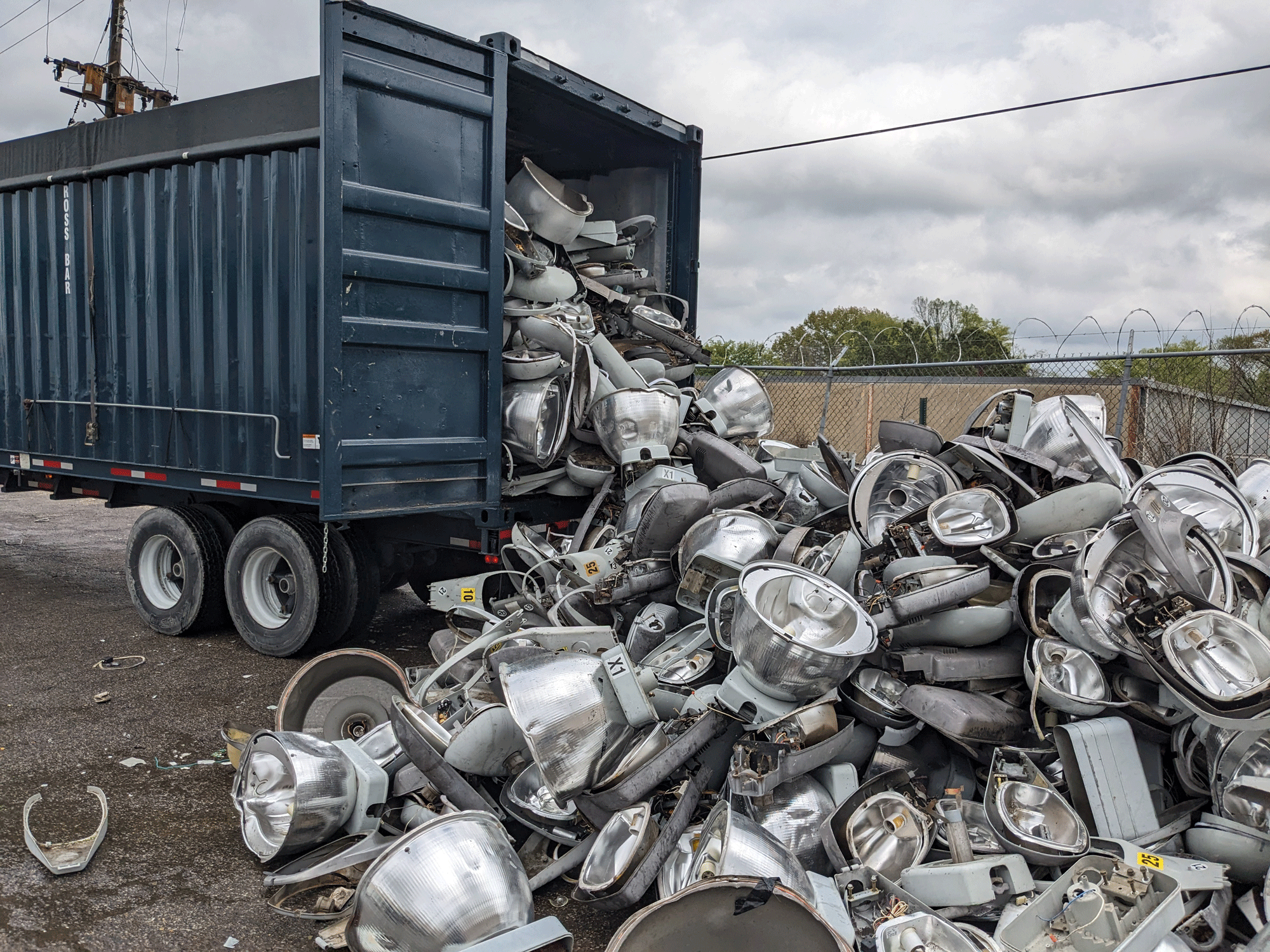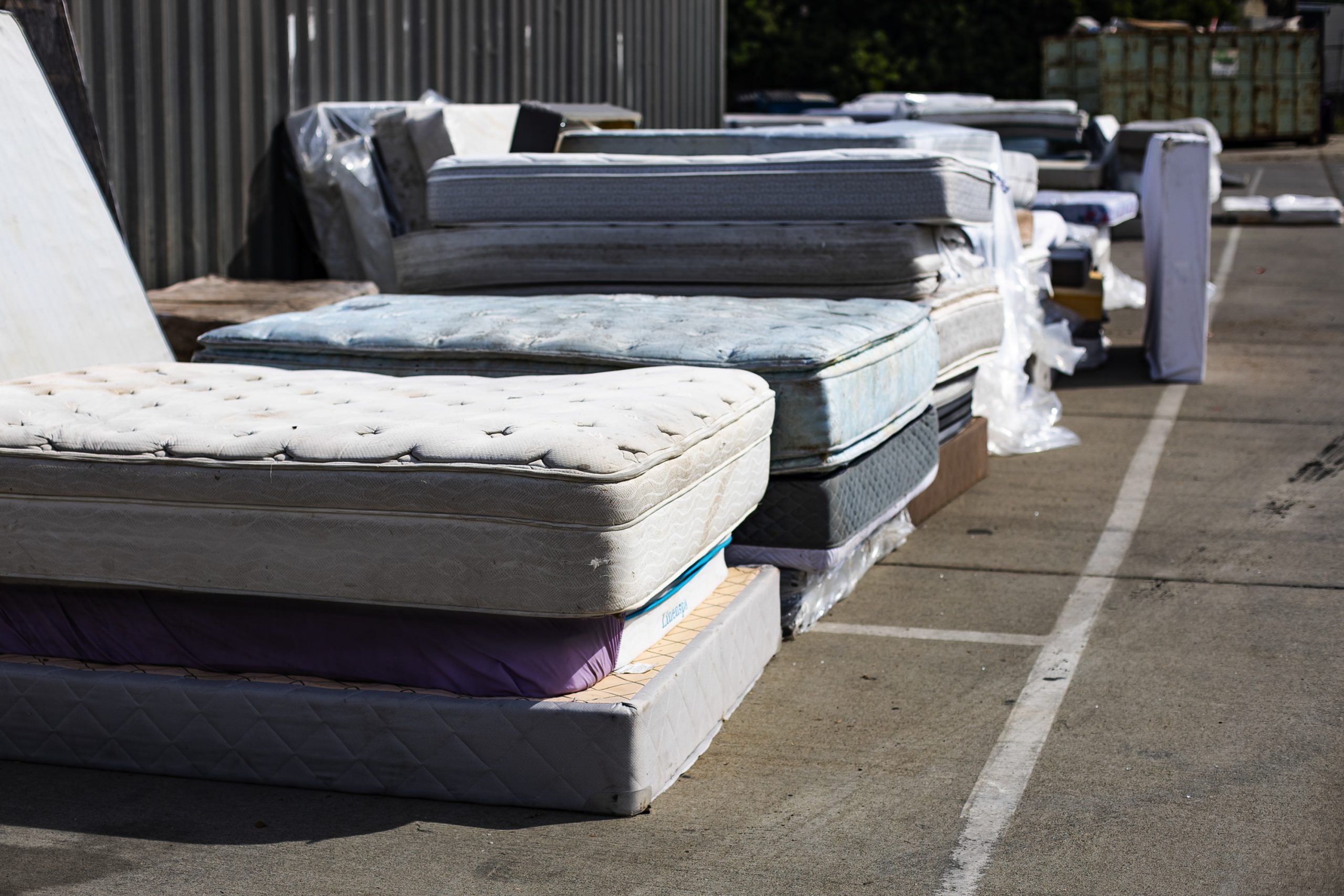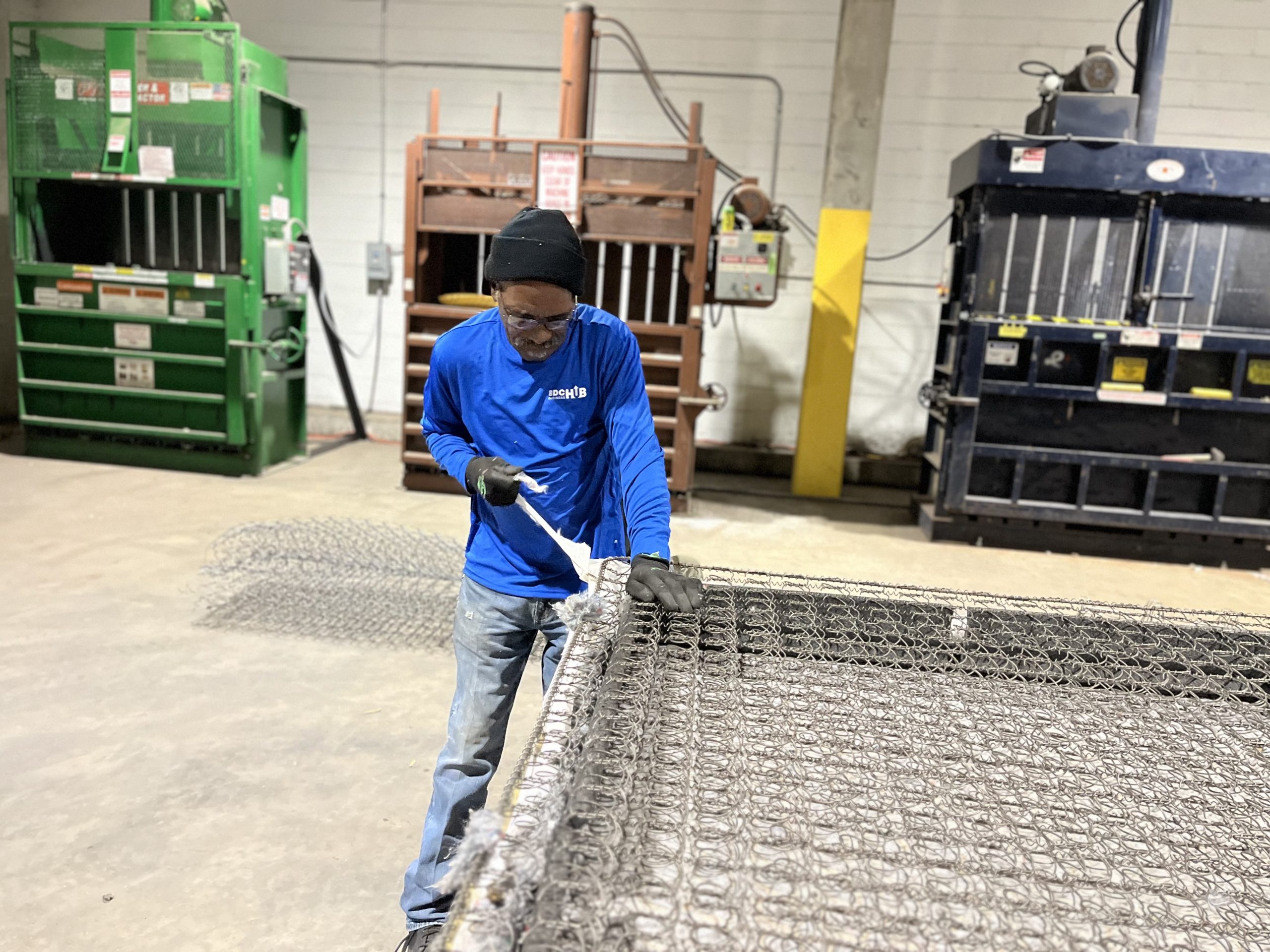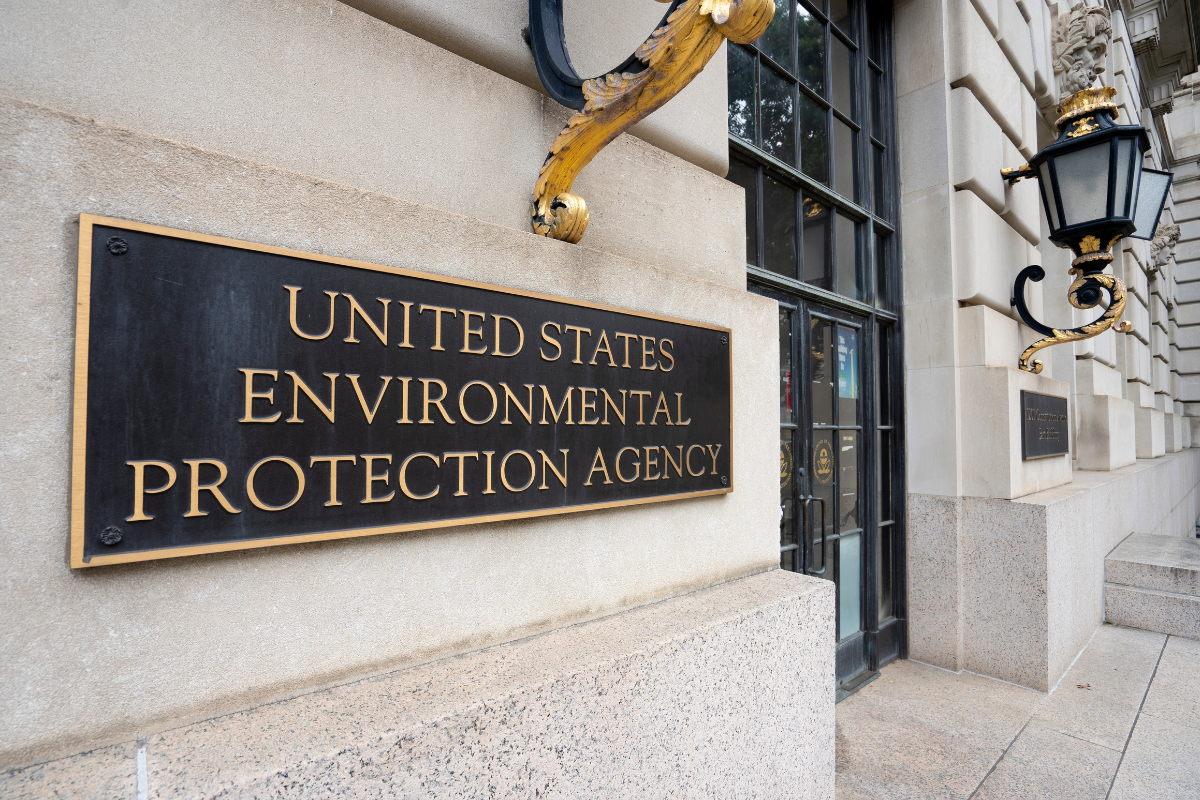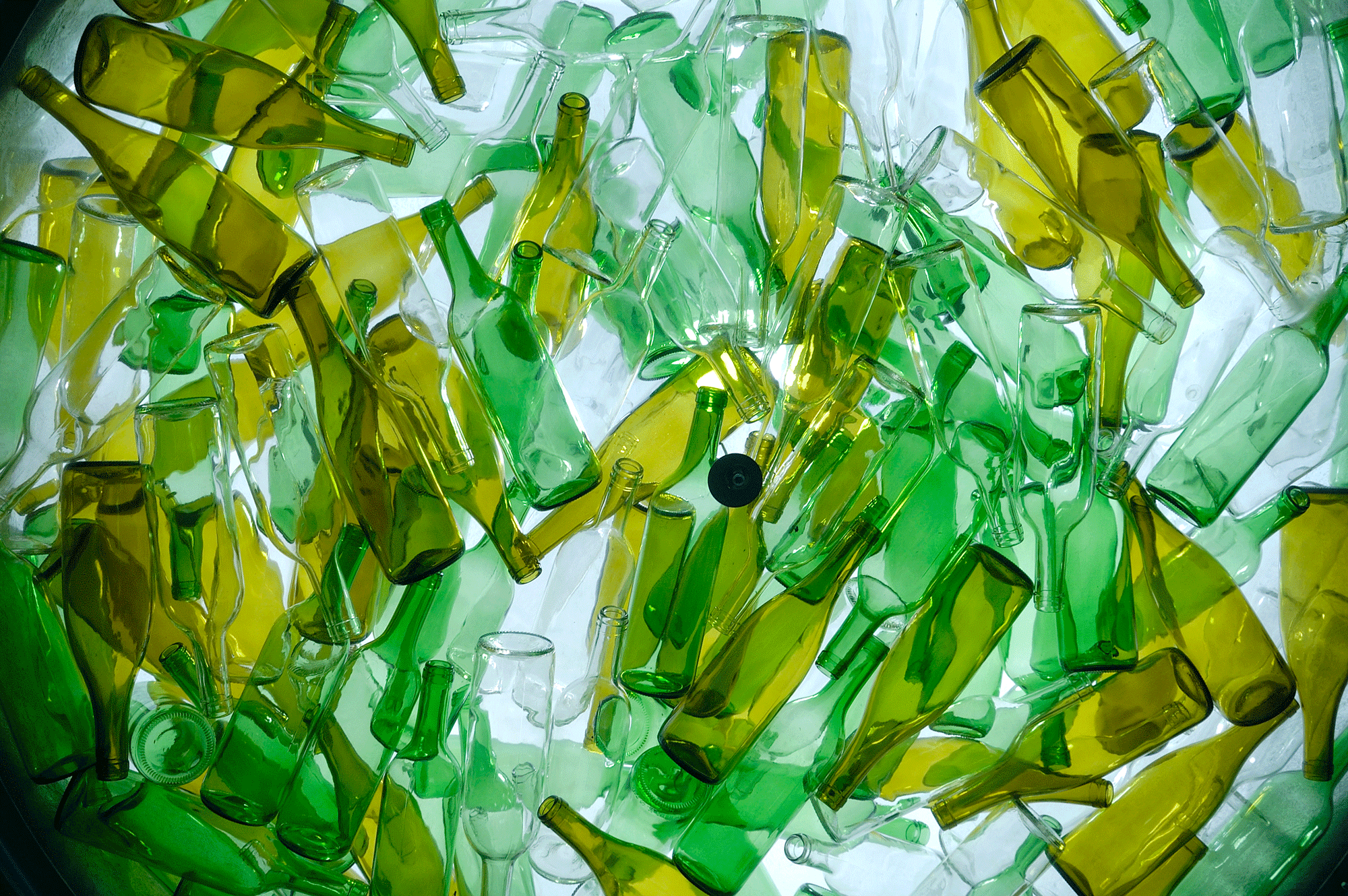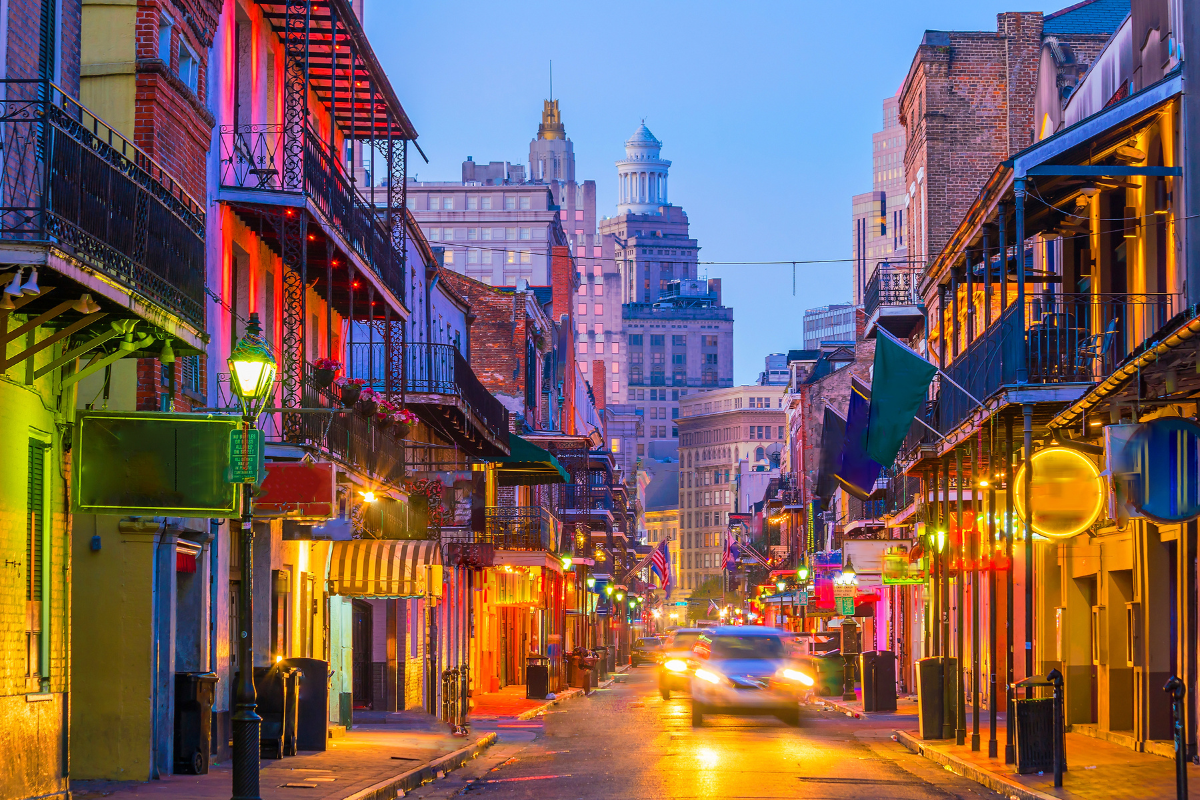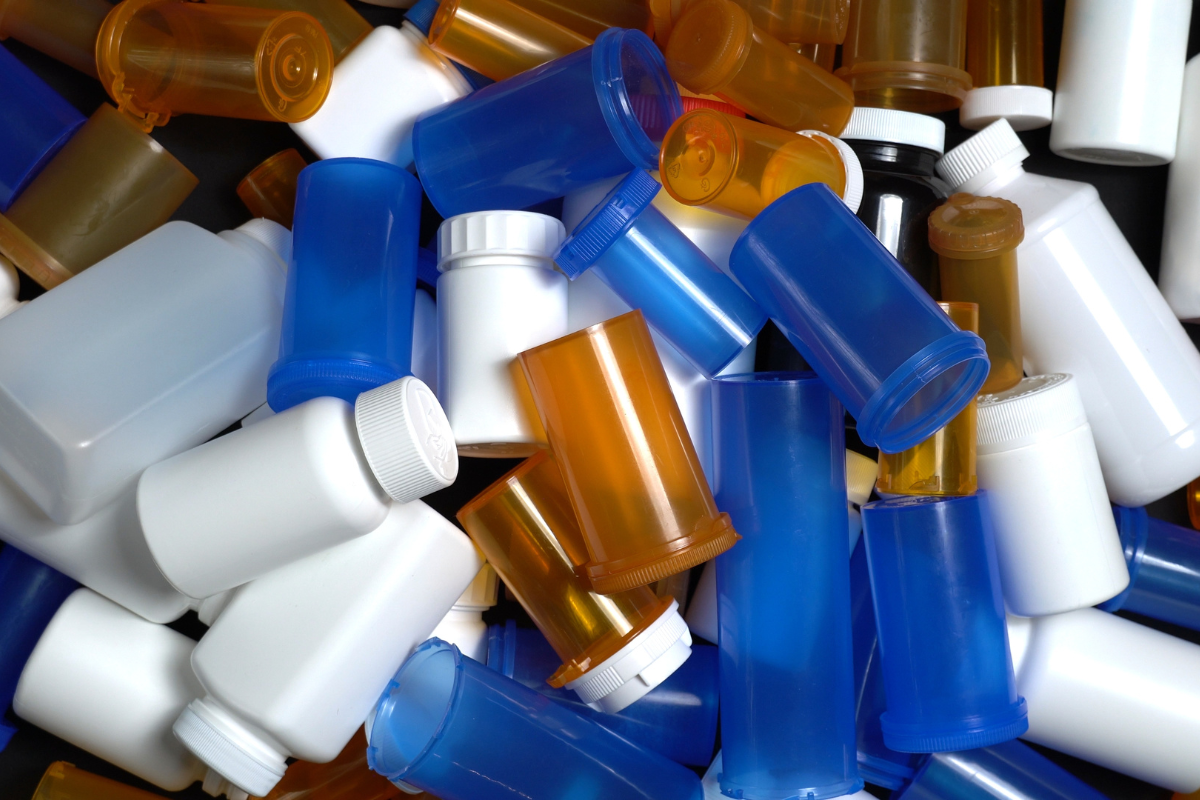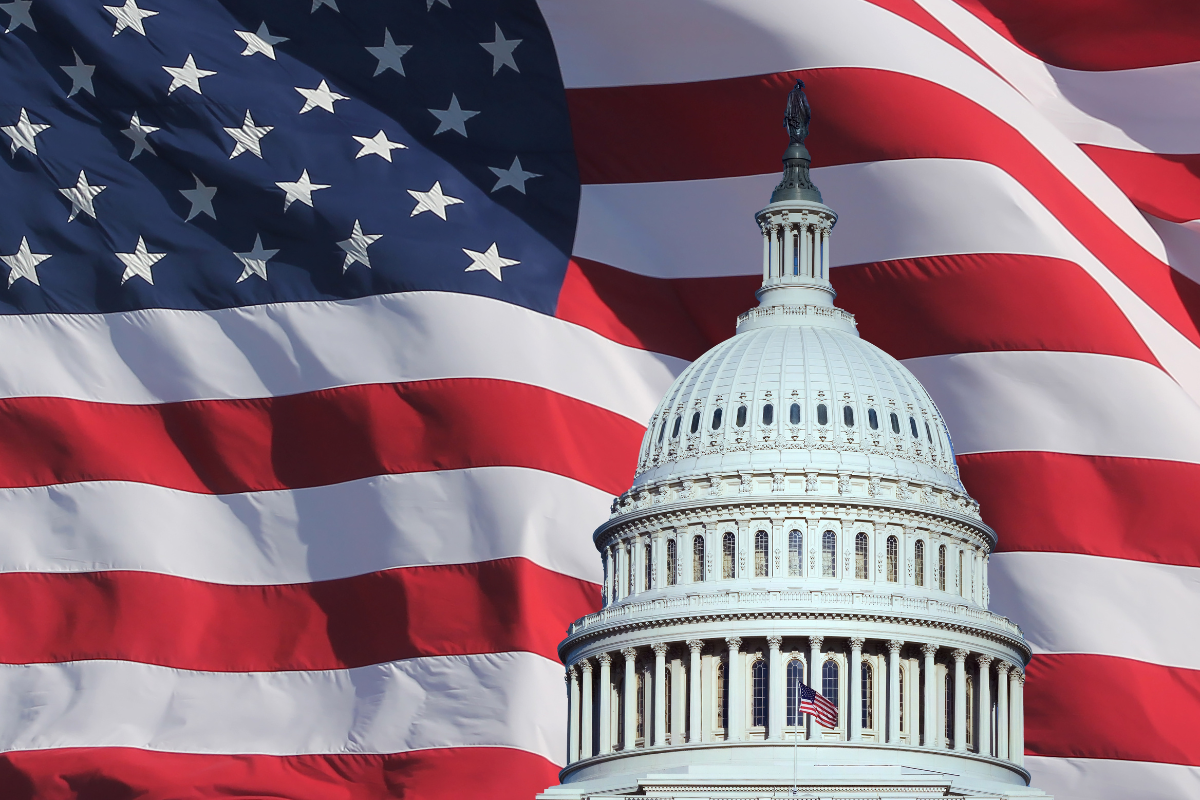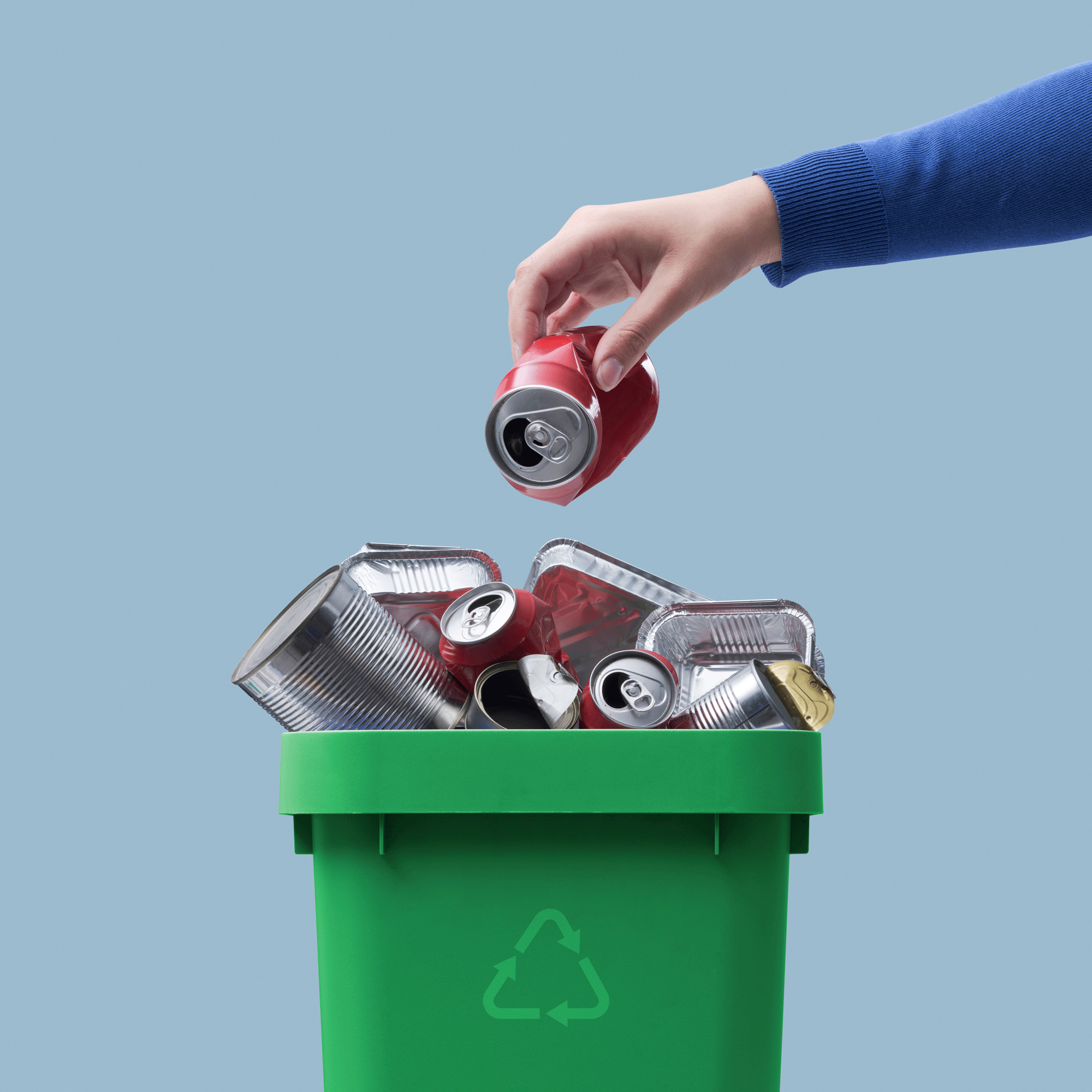
Local programs key in on community impact as state policies expand. | Courtesy of the city of Long Beach.
This article appeared in the February 2025 issue of Resource Recycling. Subscribe today for access to all print content.
Combining mattress recycling with social and workforce services has emerged as a consistent approach around the country as more of the U.S. gradually begins recycling its mattresses and bedsprings for scrap metal, wood and other materials, several program leaders said in recent interviews.
“We create job opportunities for those in need of second chances — recovering drug addicts and homeless veterans — ensuring people don’t fall through the cracks of the economy,” said Ryan Tiano, chief operations officer of Isaiah 58 Inc., a Nashville nonprofit operating Spring Back Mattress Recycling out of locations in Nashville, Colorado and Utah. The organization hires people who have completed or are enrolled in a drug and alcohol recovery program, sober living facility or transitional home.
Combined, the three Spring Back programs recycle approximately 150,000 mattresses per year, or more than 9 million cubic feet of landfill space.
“These groups face enormous barriers to successfully re-entering society, making it nearly impossible to find work and achieve financial independence,” Tiano said. “Our team assists these people in combating social injustice and creating transitional employment opportunities.”
The successes of Spring Back and other organizations like it come as mattress recycling policies slowly expand. Oregon in January joined California, Connecticut and Rhode Island in implementing a statewide mattress program. These states impose a flat fee ranging from $16 to $22.50 on every mattress or box spring purchased, whether online or in stores. The fees fund recycling programs managed by the bedding industry-backed Mattress Recycling Council.
Among the three original states, more than 15 million mattresses have been recycled, resulting in 500 million pounds of recycled material. This year the International Sleep Products Association, the council’s founder, is also lobbying for similar legislation in New York, Massachusetts, Maryland and Virginia.
“Our expansion into Oregon reflects the bedding industry’s commitment to recycling,” Mike O’Donnell, MRC’s chief operating officer, said in a written statement. “We’re grateful for the support of Oregon’s solid waste community, mattress retailers and manufacturers as we embark on this exciting new chapter.”
Breaking down the basics
Up to 75% of a mattress can be recycled, with steel springs, foam padding, wood frames and fabrics finding new life in various industries, said Tom Smith, marketing manager for the MRC.
“Steel, in particular, finds a robust market,” he said. “In traditional box springs, slinky-like steel springs are cut out, compacted by recyclers, and sometimes shredded before being baled and sold in the scrap market.”
The evolution of mattress design has introduced pocket coils — individual high-carbon steel springs wrapped in polypropylene fabric sleeves. While they present challenges in separation, demand for scrap ferrous steel remains high. Older Bonnell coils, known for their hourglass shape and high carbon content, also boast a strong resale market when properly processed.
“The foam padding is popular with those in the carpet industry,” Smith said. “Most of this material is polyurethane, which is collected and compressed into giant bales. It is then repurposed into carpet padding.”
Wood from the mattress frames typically ends up being ground into compost or processed for biomass fuel. However, the presence of staples in the wooden frames complicates these reuse efforts.
The textiles from mattress toppers face a tougher market due to low demand. Some of this fabric can be converted into insulation, while innovative experiments are underway to transform it through a baking process into carbon elements for use in batteries, potentially powering electric vehicles, Smith noted.
“Pilot projects are also exploring the use of foam as a concrete additive, enhancing strength,” Smith said. “Another innovative initiative is investigating the foam’s potential for use as an oil spill absorbent, providing an eco-friendly alternative to newly manufactured sponges. Researchers are also working on transforming foam into pellets that can be molded into various products such as cell phone cases and industrial gaskets.”
Landfill disposal brings its own challenges, with mattresses often requiring up to 100 years to break down completely and sometimes getting stuck in compactors. The Mattress Recycling Council reports that every ton of discarded mattresses recycled preserves 99 cubic yards of landfill. Considering Americans dispose of an estimated 15 to 20 million mattresses each year, that’s a lot of space that recycling efforts can save.
The number of mattresses that MRC has recycled has grown over the past decade. However, after a peak in the final years of the pandemic, the growth has slowed or remained flat, depending upon the state.

Courtesy of Binghampton Development Corporation
“Recycling mattresses is important because it conserves valuable resources; and by using mattress materials to make new products, energy is saved, water is conserved and greenhouse gas emissions are prevented,” O’Donnell said. “It also supports local economies by creating jobs and preventing illegal dumping.”
At the local level
The MRC manages the state “Bye Bye Mattress” programs by using collected fees to contract with local governments or private haulers to establish drop-off sites, including at landfills or transfer stations, and with recycling organizations that dismantle the mattresses. It also organizes bulk pickups from institutions like hotels and colleges.
In Long Beach, California, an estimated 18,000 mattresses are illegally dumped in Long Beach each year, which was the catalyst for the Department of Public Works’ Clean Team hosting mattress drop-off events on the first Saturday of every month in April 2023. The program was aimed at reducing blight and the potential health risk associated with illegally dumped mattresses by eliminating homes for pests like rats and insects.
The city sends collected mattresses to an MRC facility, where they are cut open and sorted by material type. A 90-day pilot program for 24/7 mattress drop off began last August and was made permanent in November, allowing residents to drop off mattresses free of charge.
“The mattress drop-off program provides a convenient and accessible option for Long Beach residents to properly dispose of used mattresses,” said Jose Bedolla, Clean Team superintendent for the city. “By offering this service year-round, the city’s Clean Team can redirect their efforts from collecting illegally dumped mattresses in public spaces to other critical services that maintain a healthy and safe environment.”
He added that diverting mattress materials from landfills not only reduces the amount of waste generated in Long Beach but also brings the city closer to its emissions reduction goals. Residents that can’t bring their mattresses to the drop-off site can still recycle their mattresses responsibly by requesting a special collection online or by phone.
Bedolla noted that while Long Beach’s mattress recycling program doesn’t provide direct job training, it does utilize the assistance of the Conservation Corps of Long Beach, which provides workforce development
opportunities for young adults.
A helping hand
A number of mattress recycling programs have a secondary component of social assistance, as they offer people who are down on their luck — those recently out of prison or rehab, those part of disadvantaged communities and so on — the chance to build basic job skills.
A group of Belmont University students came up with the idea for Spring Back Recycling in 2012, then partnered with Belmont Church and their Isaiah 58 ministry to enact it in Nashville, said Tiano, the Isaiah 58 chief operation officer. Two years later, Spring Back partnered with the Davidson County Sheriff Department to provide transitional employment to inmates upon release and recycled more than 80,000 mattresses that year.
Over time, the program grew to working with multiple halfway houses in the area to employ and teach life skills to people recovering from substance abuse and addiction.
“People generally need a place to live and a positive environment, and then they need something to do every day that is safe,” Tiano said. “We put this idea into play and made it work, and learned along the way. We wanted to change the lives of men, and therefore their families and the community for the better.”
Originally, the thought was that Spring Back would be franchised, but while that didn’t happen, the idea was shared with other organizations and new independently-owned locations popped up around the U.S., including in Salt Lake City and Commerce City, Colorado.
Workers at all three facilities slash, tear apart and crush mattresses to separate out foam, cotton, steel, wood and the fabric, and the materials go into items like car seats, dog beds, carpet padding and insulation.
Tiano noted there are tons of success stories of men whose lives have changed because of the program, but one of his favorite examples is someone who started recycling mattresses 10 years ago, had multiple children and was fresh out of jail for failing to pay child support. He’s now the warehouse manager for Spring Back Nashville.
“He now has his own place, his own car, and two years ago he got full custody of his 11-year-old daughter,” Tiano said. “The generational effect of that is tremendous. You’re not only changing his life, but the life of his daughter as well.”
Andy Kizzee, business hub director of Binghampton Development Corporation, a nonprofit in Memphis, Tennessee, said its mattress recycling program also was inspired by Spring Back. BDC processes around 200-400 mattresses a month. More than 100 people have taken part in the program, with almost half now employed in full-time jobs elsewhere.
“We’re hoping to grow and break into larger quantities from retailers and bigger institutions,” Kizzee said.
Second Chance Recycling in Minnesota began mattress recycling in 2008. Four years later, it teamed with Furnish Office & Home and Rebuild Resources to form Momentum Enterprises, which then merged with Emerge Community Development in 2015 to focus on community impact.
“Emerge helps people find work and get off welfare, so Second Chance is pretty much staffed by those recently released from incarceration or as condition of their parole; we don’t ask questions, we bring them in and help them,” said Shawn Dolan, general manager of Second Chance. “We teach them good work skills and how to recycle the mattresses, and this is transitional employment.”
The training can include forklift training, safety and security. Those in the program learn the proper way to cut and dismantle the different mattress components, with runners moving and separating the materials into bailers and other equipment.
“The metal is all bailed into large 250-pound rolls and goes to metal recyclers, and that has the most consistent demand,” Dolan said. “The wood from the box springs are crushed into a compactor, and wood recyclers will then grind them for mulch. We bail a bunch of cotton as well, which goes to a textile recycler and turns it into new fabric.”
By recycling 70,000 mattresses a year, Second Chance Recycling keeps the equivalent of a full year of waste from more than 2,800 households out of landfills. Many are picked up from residents, and others come from retailers, mattress manufacturers, hotels and multifamily properties.
“People don’t have any idea how hard it is for mattresses to decompose; it’s a huge fire risk, they don’t crush and take up an enormous amount of room,” Dolan said. “There are hundreds of thousands of mattresses that don’t get recycled, and more needs to be done.”



